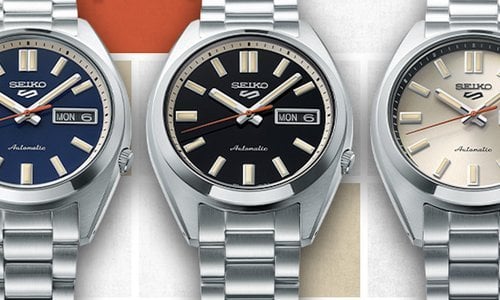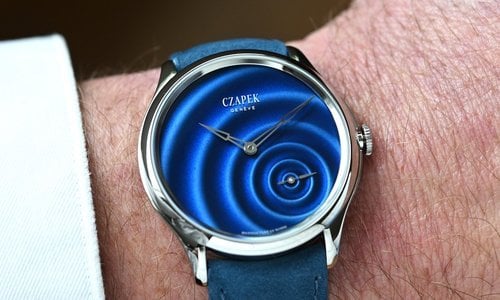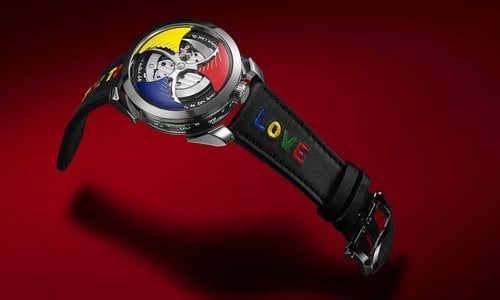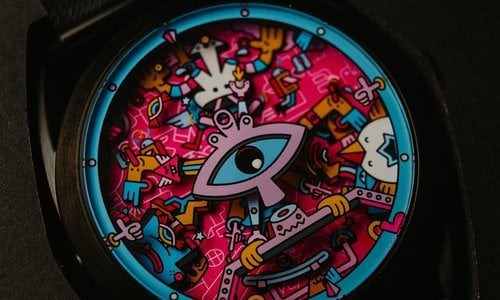Developed in conjunction with major scientific institutes, the Emergency II is distinguished by numerous microelectronic and microtechnical innovations, including a revolutionary rechargeable battery, a miniaturized dual frequency transmitter and an unprecedented integrated antenna system – three features specifically developed for this model.
It is an evolution of the Breitling Emergency model, first launched in 1995, which operated on the 121.5 MHz international air distress frequency and was designed to enable accurate location of pilots or passengers following a plane crash. It was designed for constant wear on the wrist and thus as a complement to the standard onboard aircraft equipment.
-
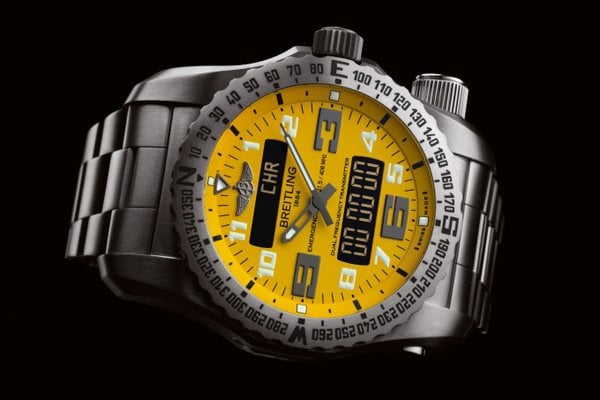
- EMERGENCY II by Breitling
The Emergency II uses the international Cospas-Sarsat system—a network of satellites, ground receiving stations and control and coordination centres. The network provides accurate and reliable distress alert and homing data to search and rescue authorities and, since its launch in 1985, has helped save more than 26,000 lives.
The innovative dual frequency transmitter means that the Emergency II can operate on the 121.5MHz emergency frequency and the digital 406MHz frequency for the Cospas-Sarsat system. The microtransmitter transmits a first digital signal lasting 0.44 seconds every 50 seconds and a second analogue signal on the 121.5 MHz homing and rescue frequency, lasting 0.75 seconds every 2.25 seconds.
To activate the system, the wearer simply unscrews and extends the two-part antenna and positions the watch to get the best satellite reception. Although this antenna was in itself a technological achievement due to the miniaturisation involved, the battery used to power the system is also a technological marvel.
Since no batteries were available to cope with the different power levels required for the two different frequencies (30 mW for 121.5 MHz, and 3.2 W for 406 MHz, meaning more than 100 times higher) and considering that technical standards require a PLB to transmit for at least 24 hours, Breitling developed its very own rechargeable battery along with a charger-tester that both charges the battery and tests the operation of the transmitter.
All this is housed in the titanium watch case alongside a chronometer certified quartz movement that powers the watch.
Source: Breitling

